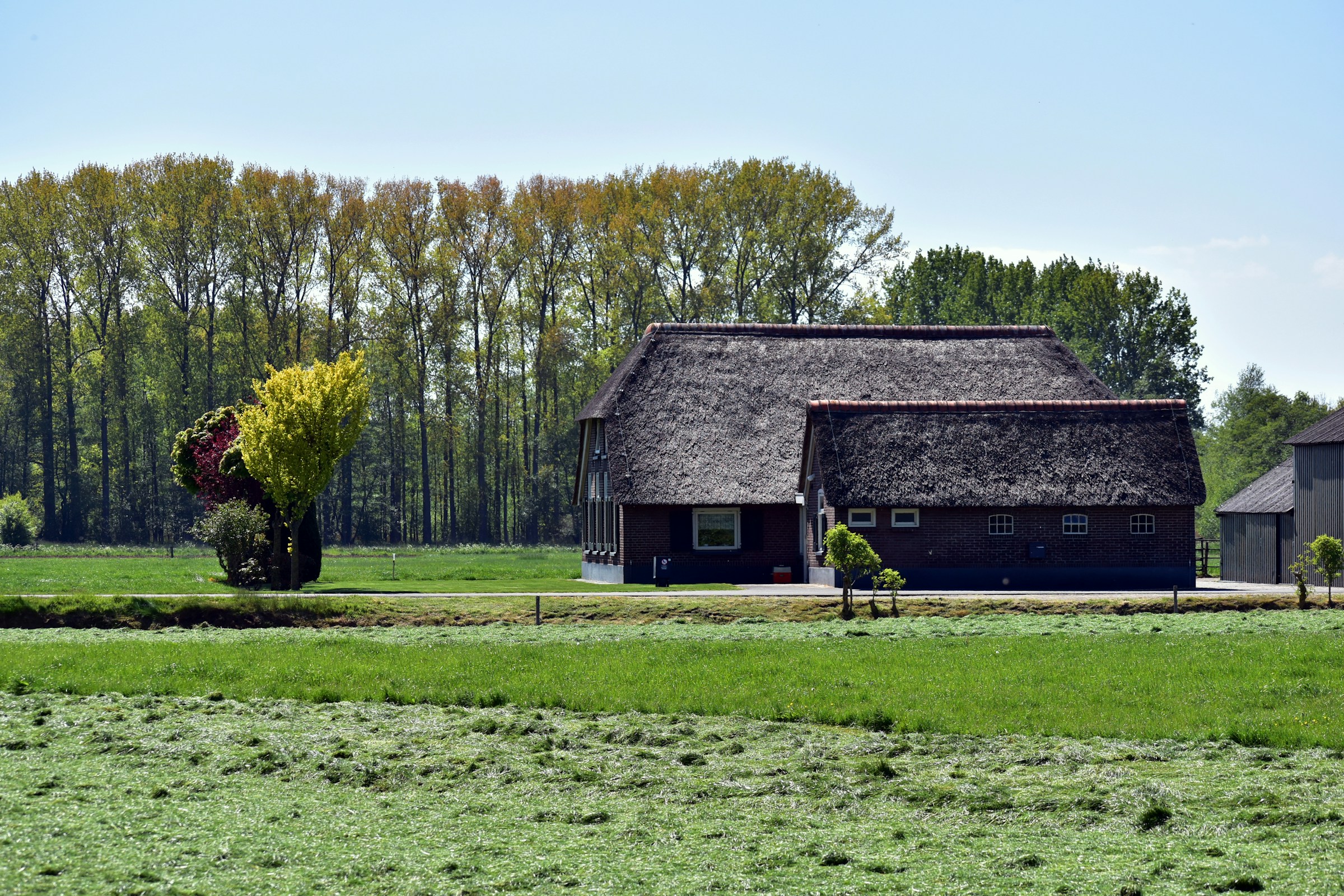What’s the Impact of Ultra-Fast Broadband on UK Rural Economies?

As you read this article, chances are you’re doing so using a broadband connection. After all, it’s the digital age, and the internet is a vital tool in our day-to-day lives. But have you ever wondered about the impact of this digital tool, particularly ultra-fast broadband, on rural economies? This article brings to light the transformative potential of ultra-fast broadband on rural economies, with a special focus on England.
The State of Broadband in Rural England
Before we delve into the impacts, we need to understand the current state of broadband in rural England. You might be surprised to know that until recently, many rural areas in England still struggled with subpar broadband access.
Also read : Book copa business class at a reduced price now
According to Ofcom, the UK’s communications regulator, as of 2023, around 600,000 homes and businesses – mostly in rural areas – did not have access to superfast broadband. Superfast broadband, in terms of definitions, is a download speed of at least 30 Megabits per second (Mbps).
However, the situation is rapidly changing. The UK government’s push for full fibre broadband – also known as fibre-to-the-premises (FTTP) – promises speeds of up to 1 Gigabit per second (Gbps). That’s over 30 times faster than the average broadband speed!
Topic to read : Why are eggs vaccinated?
The Role of Full Fibre and Gigabit-Speed Broadband
Now that we’ve got a sense of the broadband landscape in rural England let’s discuss the role of full fibre and gigabit-speed broadband.
Unlike traditional broadband, which uses copper cables for some or all of the connection, full fibre broadband involves running fibre optic cables directly to your premises. This means that the connection is much faster and more reliable. On the other hand, gigabit-speed broadband refers to the astounding speed of 1 Gbps.
The UK Government has set an ambitious target to achieve nationwide gigabit-capable broadband by 2025. This is a significant undertaking given that as of the end of 2023, only 27% of UK premises had access to such speeds.
The Potential Impact on Rural Economies
So, what does the introduction of ultra-fast broadband mean for rural economies in England?
Firstly, it can help stimulate economic growth. A study by the Centre for Economics and Business Research (Cebr) found that full fibre broadband could bring a £120 billion boost to the UK economy. In rural areas, where economic activities can be limited, this could be a game-changer.
Secondly, ultra-fast broadband can attract businesses to rural areas. In today’s digital world, businesses of all sizes depend on reliable, high-speed internet to operate efficiently. With gigabit-speed broadband, rural areas become more appealing to businesses, potentially leading to job creation and increased income for residents.
Thirdly, it can facilitate remote working. The Covid-19 pandemic has certainly accelerated the trend of working from home. With ultra-fast broadband, those living in rural areas can easily work remotely, access digital services, and participate in the digital economy.
Overcoming Challenges to Rural Broadband Deployment
While the benefits of ultra-fast broadband to rural economies are clear, there are significant challenges to its deployment.
One of the primary obstacles is the high cost of infrastructure. Deploying fibre networks in sparsely populated rural areas can be significantly more expensive than in urban areas.
Another challenge is the lengthy planning and approval processes, which can delay network rollout. Furthermore, some rural areas may not have the necessary technical skills required for the deployment and maintenance of fibre networks.
Finally, there’s the issue of demand. While businesses and some households may be keen to upgrade to ultra-fast broadband, others may be content with their current speeds. Convincing these users to switch will require efforts to demonstrate the benefits of faster speeds.
The Future of Broadband in Rural England
So, what does the future hold for broadband in rural England?
The government’s commitment to achieving nationwide gigabit-capable broadband by 2025 is certainly promising. Various initiatives such as the Rural Gigabit Connectivity (RGC) programme and the £5 billion Project Gigabit are also aimed at accelerating the rollout of ultra-fast broadband in rural areas.
In addition, the increasing adoption of digital technologies in various sectors, from agriculture to healthcare, will likely spur demand for ultra-fast broadband. As more people and businesses recognise the benefits of high-speed internet, we can expect to see a shift in the rural economy.
While the journey to ultra-fast broadband for all is not without its challenges, the potential benefits to rural economies are immense. As we increasingly rely on digital technologies, the availability of robust and reliable internet connections will be crucial – not just for our day-to-day activities, but for the health and vitality of our rural communities.
Accelerating Rural Economy through Telecommunication Advancements
Following the introduction of full fibre and gigabit-speed broadband, the UK is set to experience a considerable shift in its rural economy. With ultra-fast broadband, rural areas stand to gain significantly in various sectors.
In the agricultural sector, high-speed broadband is vital to support precision agriculture, which heavily relies on digital technology. Precision agriculture includes GPS systems, remote sensing, and internet of things (IoT) devices, all requiring a robust broadband connection to function efficiently. High-speed internet, therefore, is not a luxury but a necessity for modern-day farming.
Education and healthcare are other sectors greatly affected by the digital divide. With the surge of e-learning and telemedicine, having access to superfast broadband has become crucial. It allows students in rural areas to access educational resources and people to receive medical consultations without the need to travel.
Additionally, the telecommunication advancements can help overcome the challenges of isolation in rural areas. High-speed internet can bring closer the social and cultural opportunities that are usually concentrated in urban areas. This includes access to virtual tours, online art exhibitions, and digital libraries.
Moreover, ultra-fast broadband can boost tourism in rural areas. Many tourists today rely on digital services for booking accommodation, researching destinations, and reading reviews. Therefore, a reliable internet connection can greatly enhance the visitor experience, thus making rural areas more attractive to tourists.
Concluding Thoughts on the Digital Transformation of Rural England
In conclusion, the impact of ultra-fast broadband on the UK’s rural economy cannot be understated. From stimulating economic growth and attracting businesses, to facilitating remote working and enhancing sectors like agriculture, healthcare, and education, the benefits are immense.
Despite the challenges such as high infrastructure costs, lengthy planning processes, and the digital skills gap, the UK government’s commitment to achieving nationwide gigabit-capable broadband by 2025, alongside initiatives like the Rural Gigabit Connectivity (RGC) programme and the £5 billion Project Gigabit, paves the way for a digital future for rural England.
While it is a long road to ensuring that every home and business has access to ultra-fast broadband, the potential rewards make the journey worthwhile. Addressing the digital divide is not only about providing rural areas with the same opportunities as urban areas. It’s also about recognising that high-speed internet is an essential part of modern life and that everyone, regardless of where they live, should have access to it.
In the grand scheme of things, the provision of ultra-fast broadband contributes to the broader goal of achieving a more inclusive and sustainable economic growth across the nation. As we continue to embrace the digital age, it is more crucial than ever to ensure that no one – not even those in the most remote of locations – is left behind.
